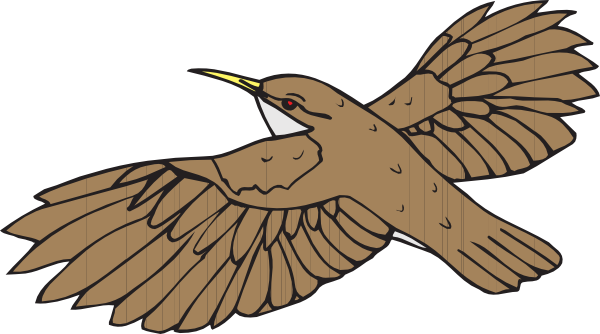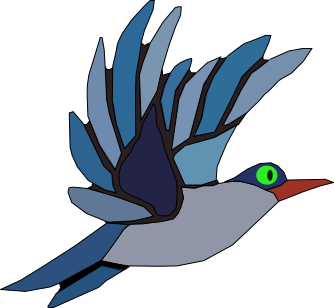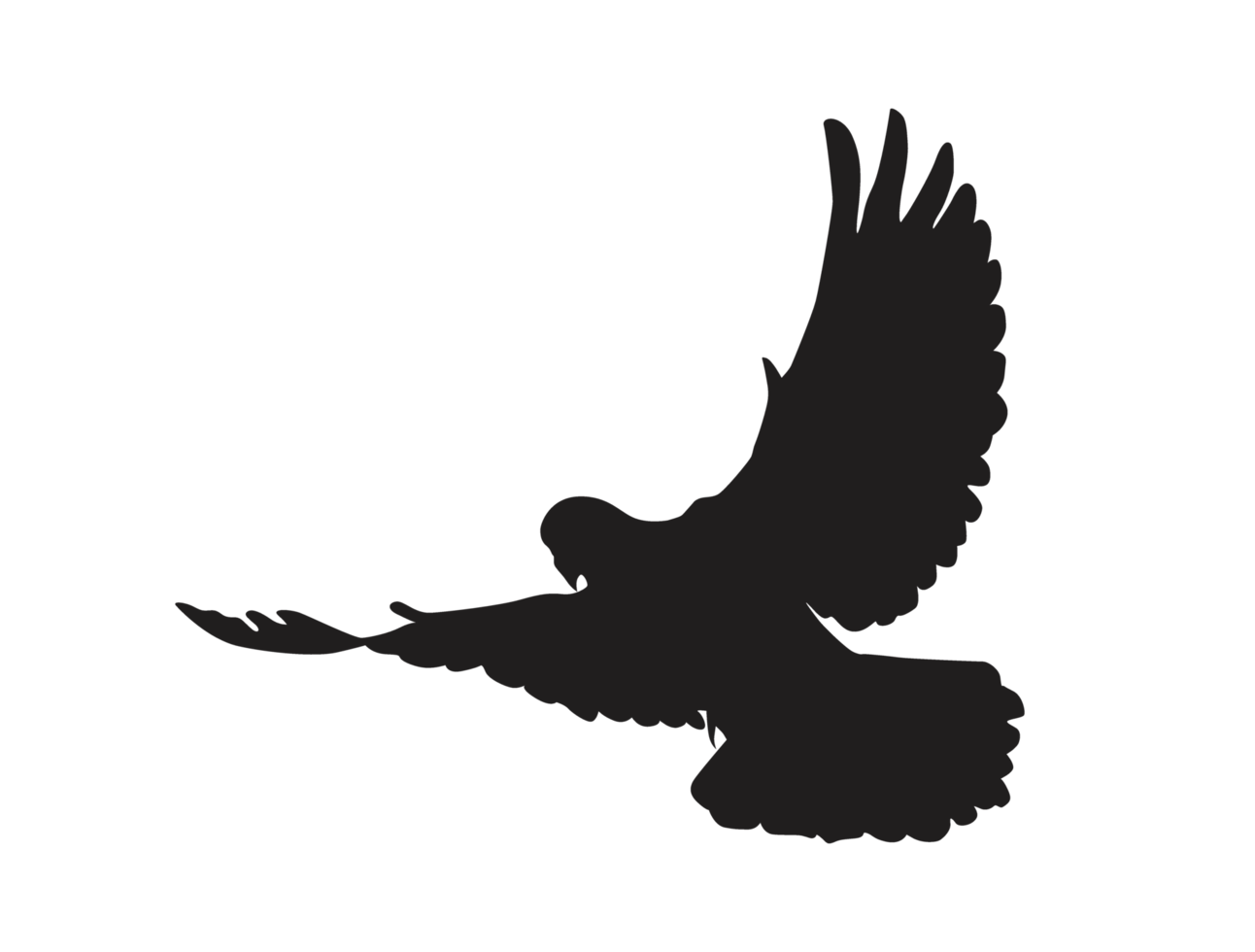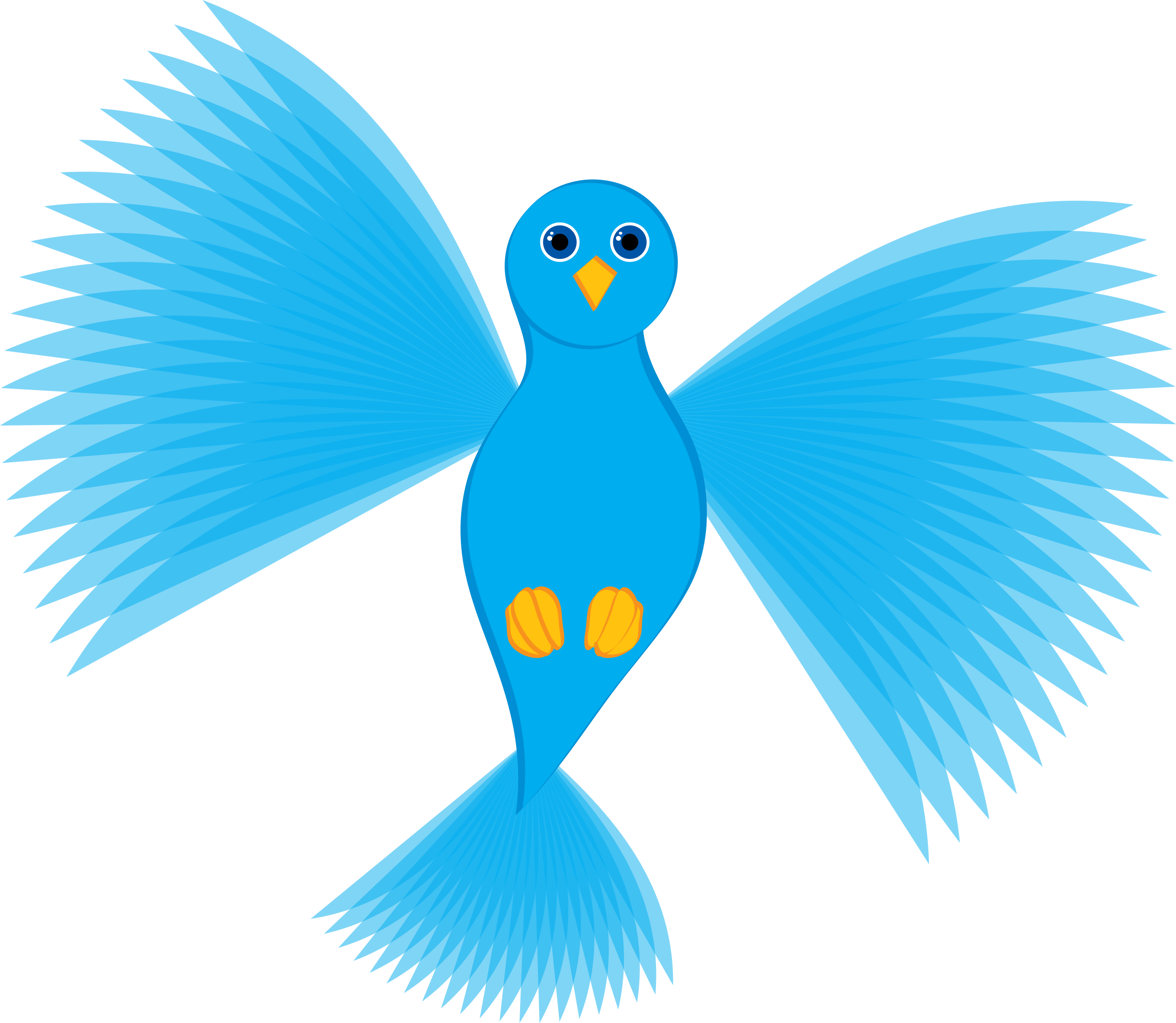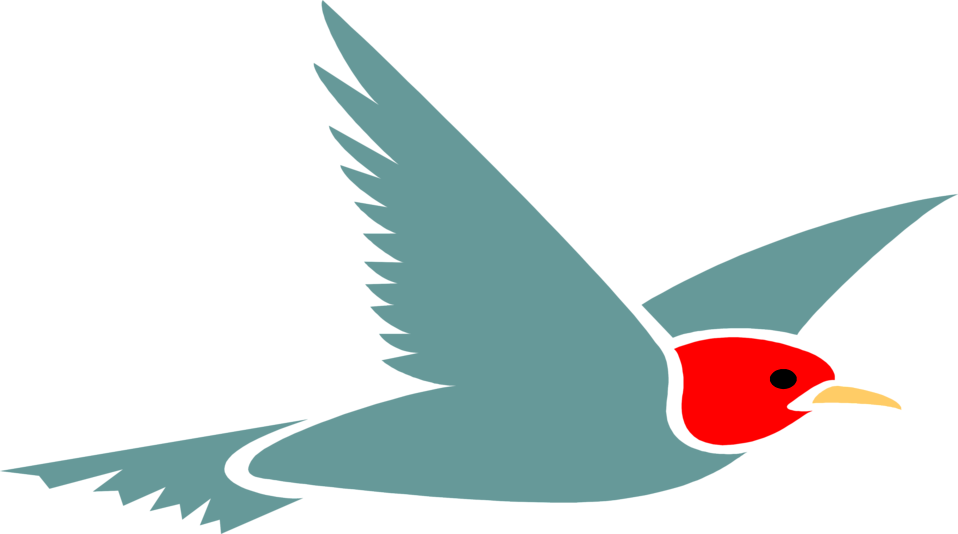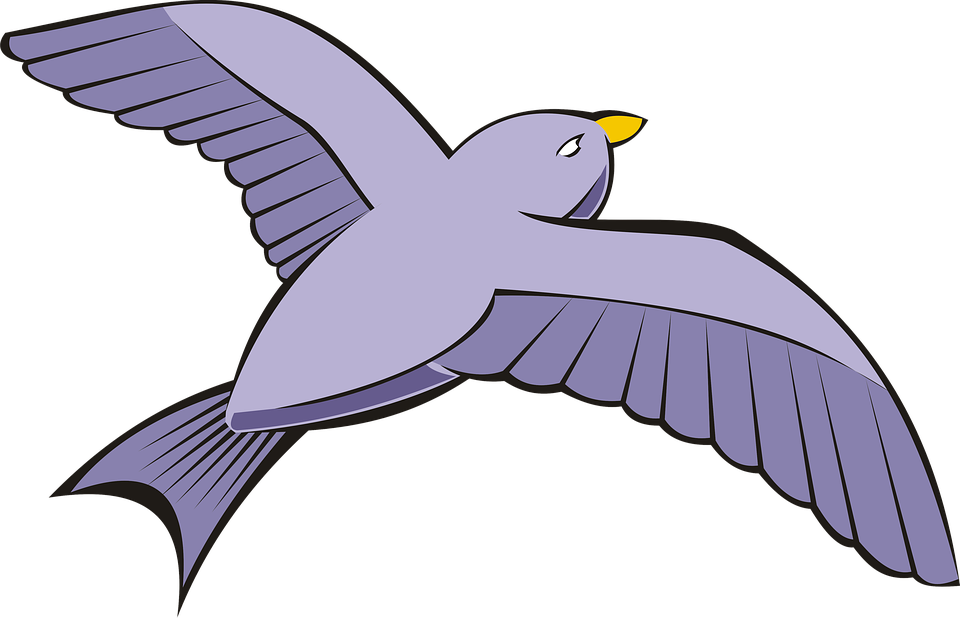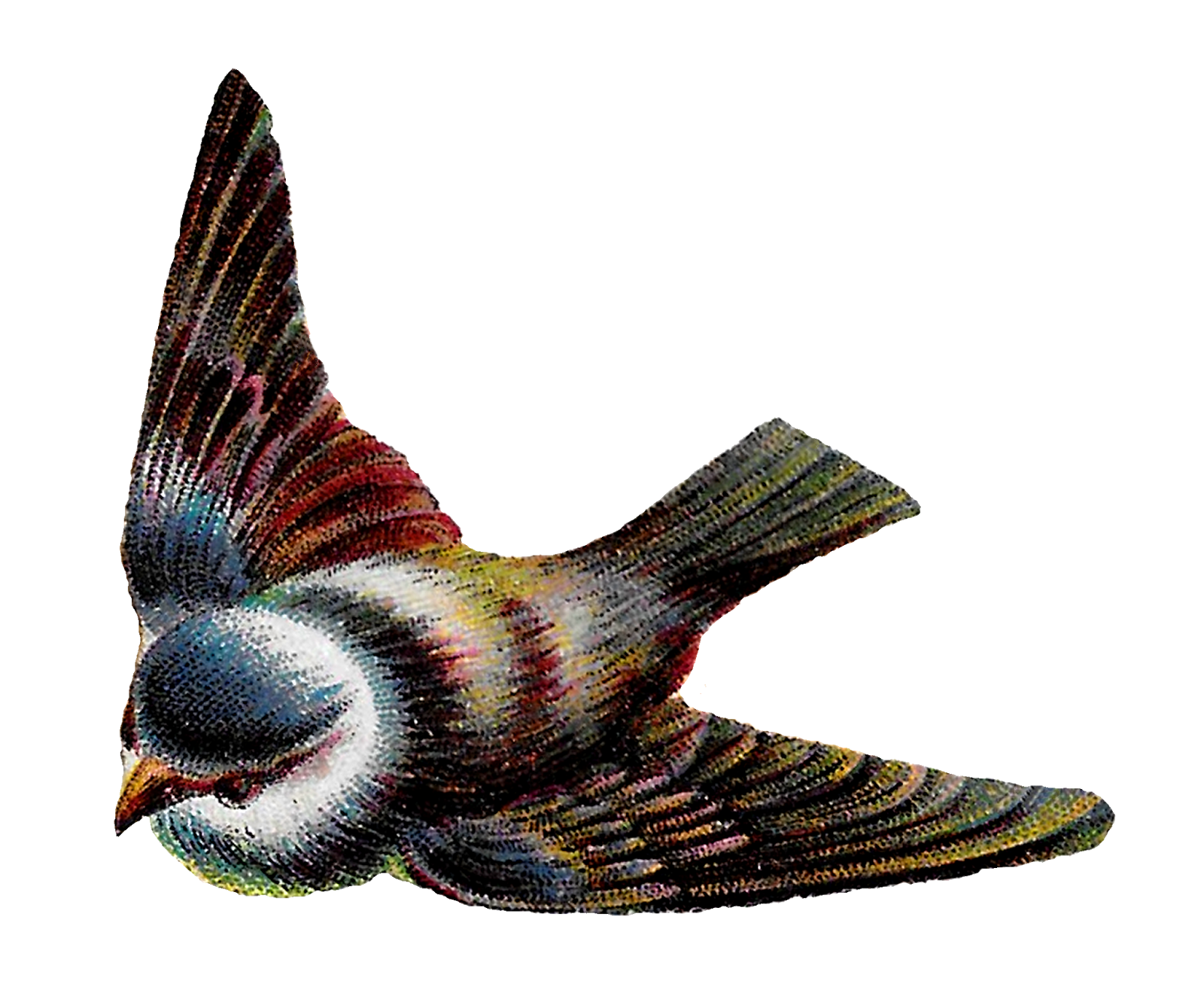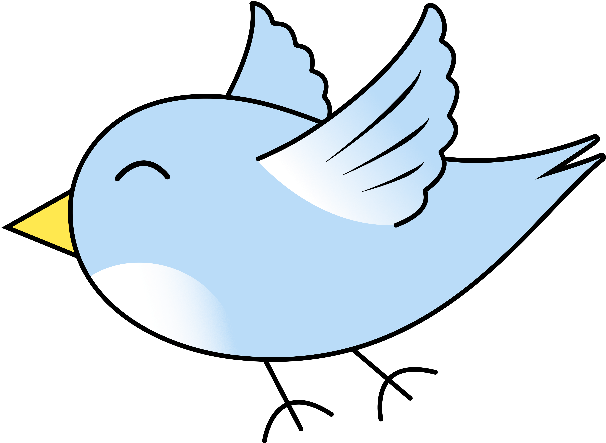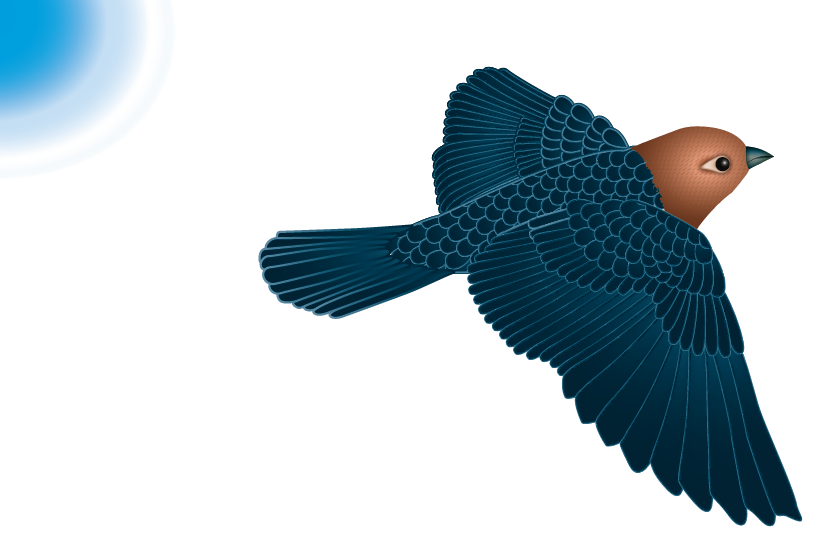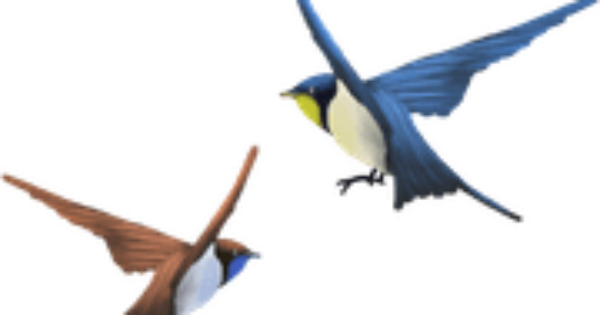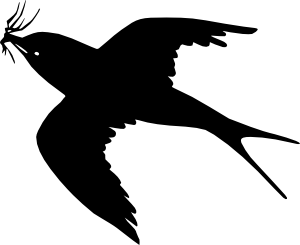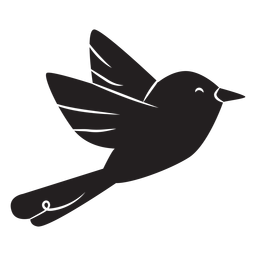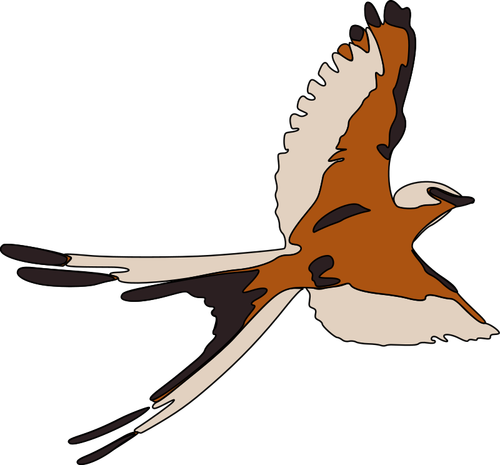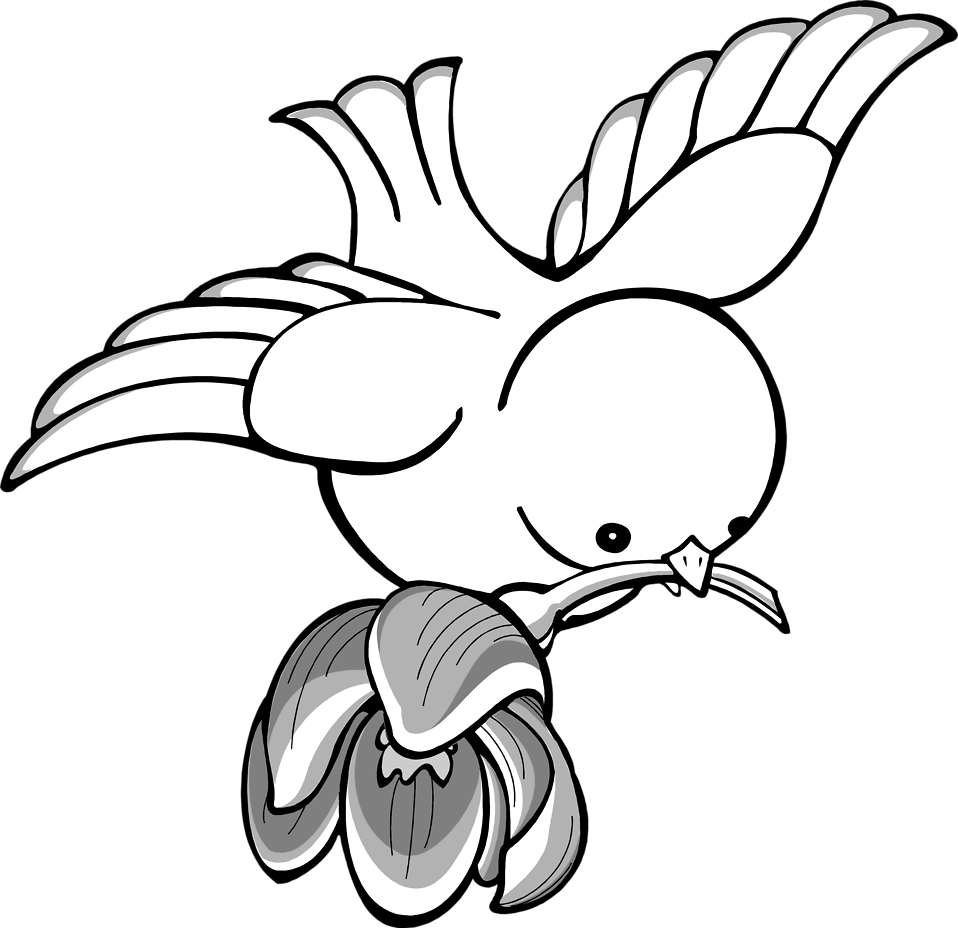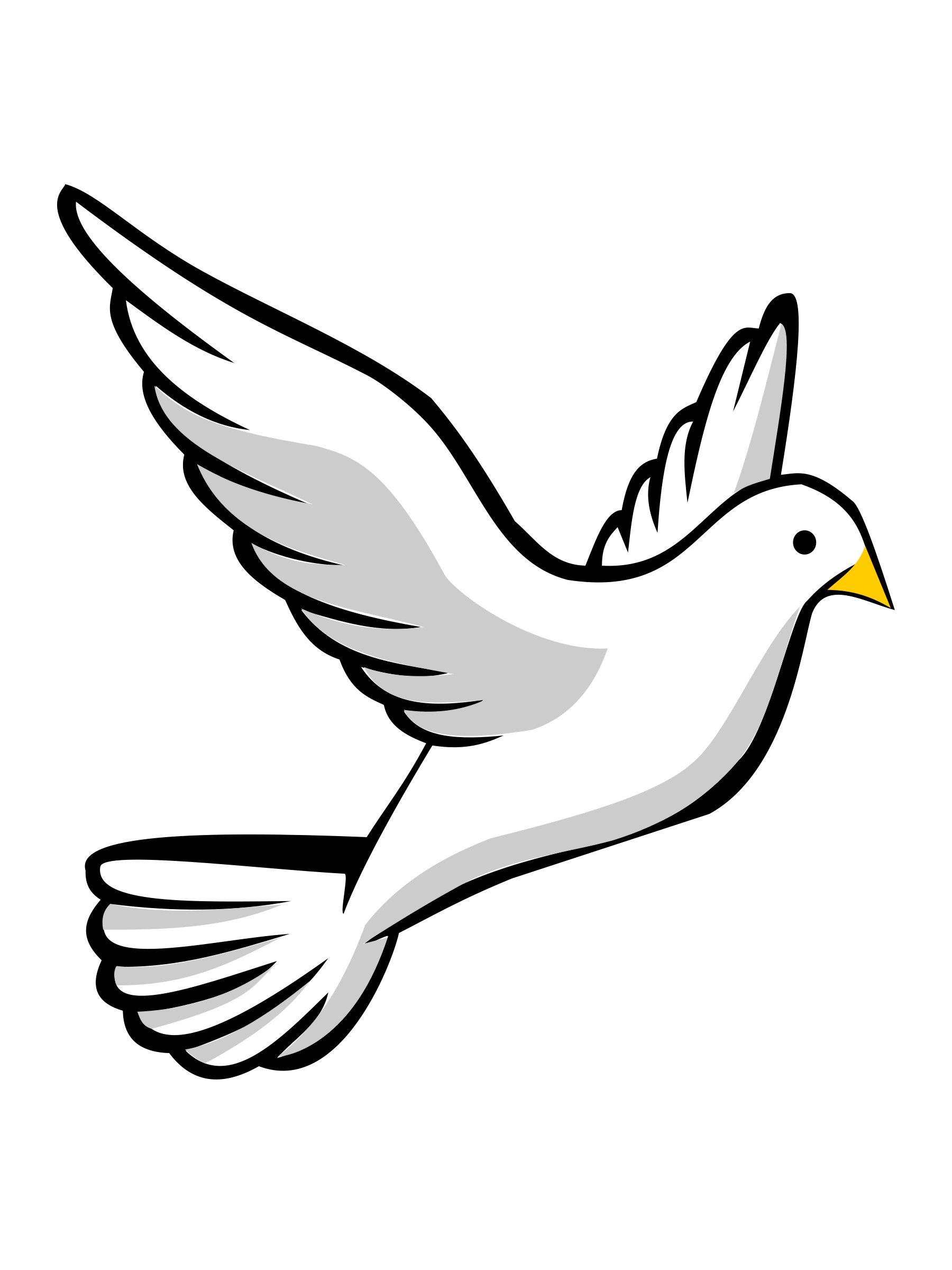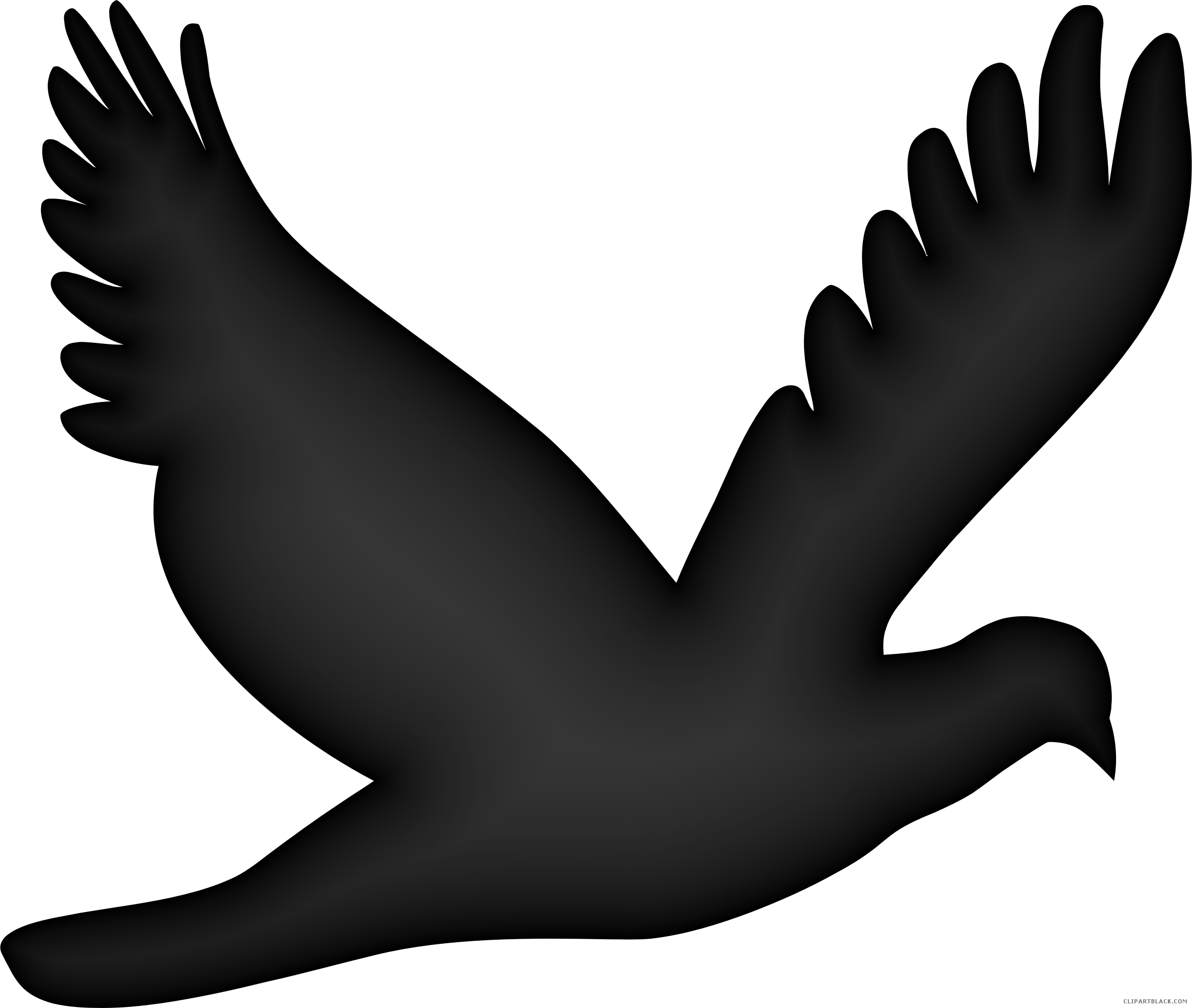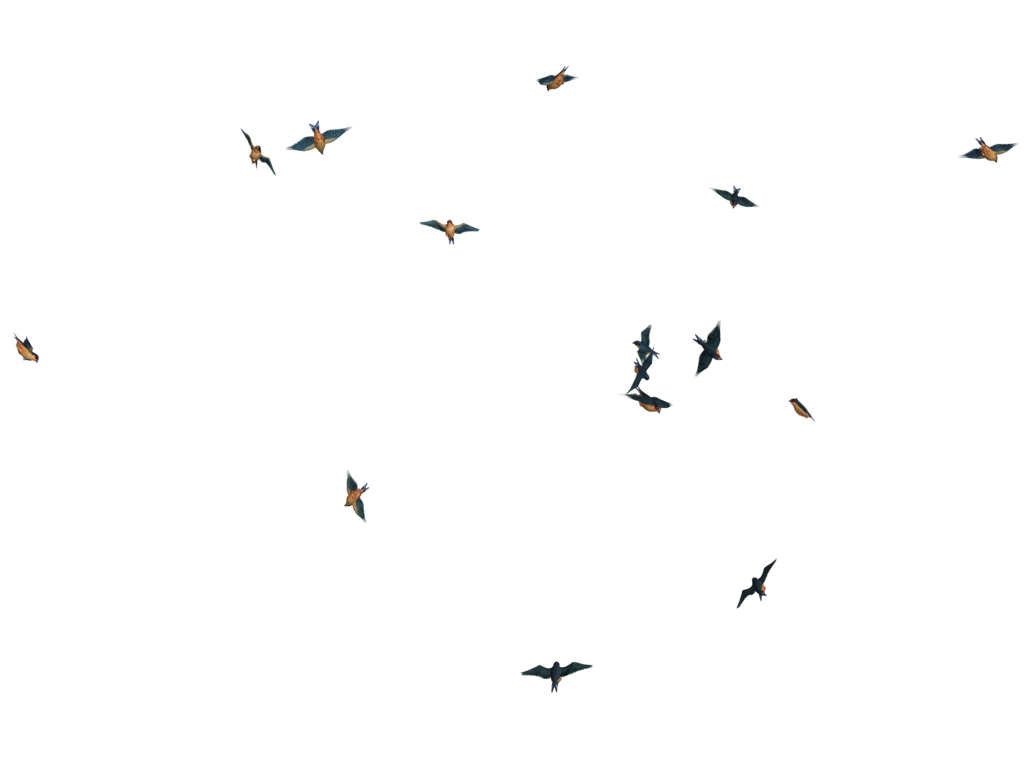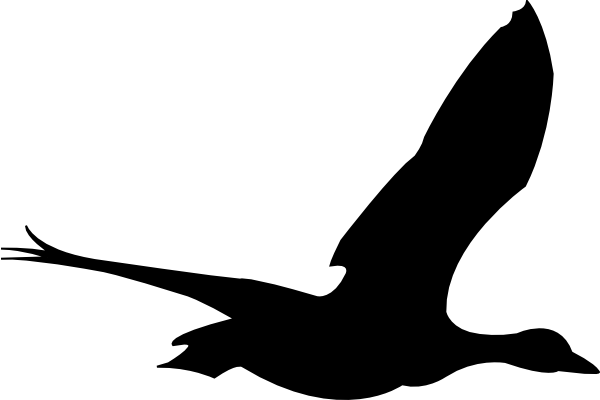Download top and best high-quality free Bird Flying PNG Transparent Images backgrounds available in various sizes. To view the full PNG size resolution click on any of the below image thumbnail.
License Info: Creative Commons 4.0 BY-NC
Birds are fascinating creatures that have evolved to master the skies. Their ability to fly has enabled them to travel long distances, escape predators, find food, and even mate. Flying is the most distinctive and impressive feature of birds, and it is fascinating to study how they accomplish it.
The Anatomy of Flying
The ability of birds to fly stems from their unique anatomy. Their feathers, strong wings, lightweight skeleton, and powerful muscles work together harmoniously to enable them to become airborne. Their feathers, which are made of keratin similar to human hair and nails, are interlocked to form a seamless surface that allows for efficient flight. The wings of birds are composed of three primary sections: the primaries, the secondaries, and the tertials. Together, they create an aerodynamic shape that enables birds to lift off the ground and maintain flight.
Birds have a lightweight skeleton compared to other animals of similar size. Their bones are hollow and filled with air, which reduces their weight while maintaining strength. Additionally, their muscles make up a larger percentage of their body weight than other animals, which provides the strength required for flight. Birds also have a unique respiratory system that enables them to extract oxygen more efficiently than other animals, which contributes to their endurance in the air.
How Birds Fly
Birds use their wings to generate lift and propel themselves forward. They do this by flapping their wings up and down, which creates a force that lifts them off the ground. This force is generated by the bird’s primary flight muscles, which are the pectoral muscles located on either side of the bird’s chest. These muscles contract and relax in unison, moving the wings up and down to generate lift. The bird also uses its tail and feathers to help maintain balance and steer in the air.
Birds have several different styles of flight, each suited for different purposes. For example, some birds, such as eagles and hawks, soar to conserve energy while hunting. They use thermals, rising columns of warm air, to gain altitude and then glide in search of prey. Other birds, such as hummingbirds, hover in mid-air while feeding on nectar from flowers. Their wings beat so quickly that they create a humming sound, hence their name.
The Benefits and Dangers of Flying
The ability to fly has enabled birds to adapt and thrive in many different habitats. Birds can migrate thousands of miles, fly at high altitudes, and reach speeds of up to 200 miles per hour. Flying allows birds to escape predators, find food, and locate suitable nesting sites. Birds can also use flying as a form of communication, with many species using sounds, such as songs or calls, to communicate with each other.
However, flying can also be dangerous for birds. They are susceptible to collisions with other birds, buildings, and power lines. They are also vulnerable to bird strikes with aircraft, which can cause significant damage or even result in a crash. Additionally, birds can be affected by changes in the environment, such as climate change, which can impact their migration patterns, food sources, and nesting habitats.
The ability of birds to fly is a wonder of nature. Through the evolution of their anatomy, birds have developed the unique ability to soar through the skies. Their mastery of flight has enabled them to adapt and thrive in many different environments, but it also exposes them to dangers. Understanding how birds fly is not only fascinating, but it can also help us appreciate and protect these amazing creatures for future generations to enjoy.
Download Bird Flying PNG images transparent gallery
- Bird Flying PNG Image
Resolution: 600 × 334
Size: 81 KB
Image Format: .png
Download
- Bird Flying PNG Images HD
Resolution: 600 × 600
Size: 53 KB
Image Format: .png
Download
- Bird Flying PNG Images
Resolution: 334 × 308
Size: 37 KB
Image Format: .png
Download
- Bird Flying PNG Photo
Resolution: 1292 × 980
Size: 61 KB
Image Format: .png
Download
- Bird Flying PNG Photos
Resolution: 2422 × 2106
Size: 512 KB
Image Format: .png
Download
- Bird Flying PNG Pic
Resolution: 958 × 534
Size: 33 KB
Image Format: .png
Download
- Bird Flying PNG Picture
Resolution: 960 × 618
Size: 193 KB
Image Format: .png
Download
- Bird Flying PNG
Resolution: 1600 × 1331
Size: 1395 KB
Image Format: .png
Download
- Bird Flying Transparent
Resolution: 606 × 443
Size: 34 KB
Image Format: .png
Download
- Bird Flying
Resolution: 824 × 549
Size: 176 KB
Image Format: .png
Download
- Bird Flying Background PNG
Resolution: 600 × 315
Size: 84 KB
Image Format: .png
Download
- Bird Flying No Background
Resolution: 300 × 245
Size: 9 KB
Image Format: .png
Download
- Bird Flying PNG Background
Resolution: 256 × 256
Size: 12 KB
Image Format: .png
Download
- Bird Flying PNG Clipart
Resolution: 500 × 465
Size: 74 KB
Image Format: .png
Download
- Bird Flying PNG Cutout
Resolution: 958 × 928
Size: 91 KB
Image Format: .png
Download
- Bird Flying PNG File
Resolution: 1800 × 2400
Size: 149 KB
Image Format: .png
Download
- Bird Flying PNG Free Image
Resolution: 2322 × 1964
Size: 259 KB
Image Format: .png
Download
- Bird Flying PNG HD Image
Resolution: 2293 × 1930
Size: 101 KB
Image Format: .png
Download
- Bird Flying PNG Image File
Resolution: 1024 × 768
Size: 45 KB
Image Format: .png
Download
- Bird Flying PNG Image HD
Resolution: 600 × 400
Size: 12 KB
Image Format: .png
Download
